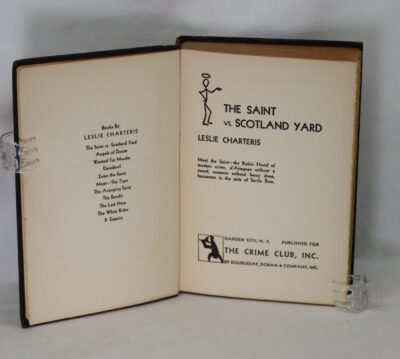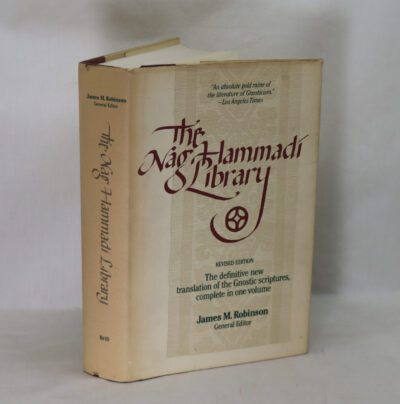Economic Problems of the Church.
By Christopher Hill
Printed: 1971
Publisher: Panther Books. London
| Dimensions | 11 × 18 × 2 cm |
|---|---|
| Language |
Language: English
Size (cminches): 11 x 18 x 2
Condition: Fair (See explanation of ratings)
Your items
Item information
Description
Paperback. Black title and church image on the cream cover.
We provide an in-depth photographic presentation of this item to stimulate your feeling and touch. More traditional book descriptions are immediately available
- This used book has a £3 discount when collected from our shop
For conditions, please view the photographs.
Christopher Hill’s “Economic Problems of the Church” was his first post-war book on 17th century Britain, a topic he dominated for the second half of the 20th century. Hill’s book is a detailed pioneering study of the economic problems that the Anglican Church faced in the critical sixty-year period before the outbreak of the English Civil War. The period Hill covers was a time both of rapid economic change and the growth of Puritanism and its opposition to the bishops and upper clergy. Although the English Reformation led to doctrinal changes in the English church and the loss of monastic property, it left much of its existing finance and administration largely unchanged. In addition, as Elizabeth fathers and brothers’reigns had seen the proceeds of dissolving the monasteries and chantries respectively squandered by the Crown, she found it necessary to squeeze the bishops, forcing them to grant favourable long leases of episcopal landed properties or to exchange these for inferior lands or intangible rights, so that increase in rents benefitted the monarch or other laymen, not the church. In turn, the bishops attempted to recoup their losses through holding benefices in plurality or granting offices to their relatives. Pluralism by the higher clergy resulted in impoverished vicars and curates at parish level on relatively fixed incomes at a time of rising prices. These were often poorly educated or otherwise unfit, and their parishioners were angered at seeing their tithes used to support a hierarchy outside their parishes instead of paying worthy ministers to provide adequate pastoral care within them. The first two Stuart kings and their archbishops attempted to remedy this situation through relieving the church’s landed endowment from lessees, which largely failed, and by enforcing the collection of tithes and increasing income arising from church courts, which caused substantial opposition from those charged. By the time Laud became Bishop of London in 1628 and Archbishop in 1633, his attempt to restore the pre-Reformation finances of the English Church faced too much opposition to succeed. Many of the urban laity held Calvinist views and were suspicious of the powers and wealth of the bishops, whereas many landowners who benefitted from rights over church property were unwilling to give them up. In an attempt to break this impasse, puritan congregations bought the right to appoint their own ministers and to augment their miserable stipends. This was strongly opposed by Laud, as these ministers often resisted episcopal control. Opposition to this and attempts to squeeze greater tithe income from towns was not only directed against Laud, but also the king who supported him.
Hill’s book pays little attention to doctrine; he says that to avoid an over-long book, he restricted himself to economic history. This may, however, reflect the Marxist approach found in his other works, and leaves some loose ends. Firstly, the medieval lower clergy were notoriously underendowed and undereducated, so was the anger of certain parishioners against unfit ministers the result more of Calvinist doctrine, expecting worthy ministers than of the appropriation of their tithes to other uses, and secondly, was opposition to Laud because his attempts to beautify divine services in ways regarded as papist as much as his increasing tithes and fines? It is difficult to deal with economic issues in a vacuum. Apart from this, Hill’s account is compiled from a wide variety of sources, giving it breadth without sacrificing detail. All of the points he makes are well illustrated by examples from throughout the Anglican Church and his writing style is lively and readable. Perhaps the best example of his lack of bias is shown in his treatment of Archbishop Laud, who many previous authors treat as the reactionary opponent of the more progressive puritans. Here he is considered more impartially, with some sympathy for his objectives, if not his methods.
Although this is a highly specialised work, it is important as the background to one area of conflict leading to the outbreak of the English Civil War. It is also worth reading as an impressive study be a leading scholar of 17th century British history.
Want to know more about this item?

Share this Page with a friend










